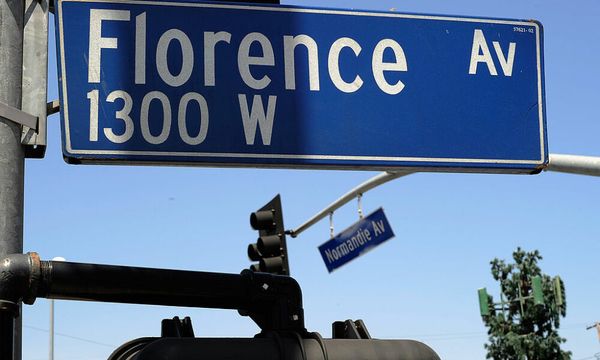26-year-old Rabbiya Ilyas knows how to make a statement through her art. Born and bred in the city of Peshawar, in Pakistan (and currently based in Lahore), the young artist unabashedly brings taboo topics to the fore through a Persian art form known as aina-kari (mirror mosaic).
Having recently completed a Masters in Visual Arts from Lahore’s National College of Arts (NCA), Ilyas’s spell-binding thesis work consisted of a condom-shaped chandelier (six feet in length), an elaborate mirror mosaic piece that resembled a carpet, and a 10-foot-long snake, each consisting of thousands of finely cut mirrors.
Inspired by the late Iranian artist, Monir Shahroudy Farmanfarmaian, Ilyas reveals that her work is not just a “projection of personal sexual desires and erotic fantasies,” but also a daring, undaunted statement which aspires to unveil the hypocrisy that permeates Pakistani society.

SR: What drew you to the craft of aina-kari?
RI: I’ve always had a keen interest in discovering and learning crafts since college. I discovered the technique of aina-kari during my first visit to the Sheesh Mahal at the Lahore Fort. The structure is embedded with thousands of intricately cut and multi-colored mirrors. I think the sacred appeal of this technique, and the sense of sanctity that it carries, attracted and compelled me to fuse it into my art practice.
SR: You once mentioned that you were offered to exhibit your work at a number of galleries in Pakistan after college in 2018 - what was your thesis focused on and why do you think it resonated so well with the public?
RI: I believe in making art that resonates with the observer on an emotional level. A bit of mystery can let the observer interpret art based on their own experiences and let them identify with it. My BFA thesis work focused on the hypocrisy of some of the religious clergy - it shed light on our society being consistently fooled by a deceptive outward appearance that uses a religious shield as a façade.
I was overwhelmed by the public response. A lot of people personally came up to me, sharing their experiences and appreciated how bravely I was working on bringing such a controversial topic to the forefront.

SR: How does this art form allow you to express yourself as an artist?
RI: My work derives inspiration from Monir Shahroudy Farmanfarmaian’s techniques of contemporizing the traditional craft of aina-kari in which she would fuse traditional Iranian patterns with western aesthetics. Through the use of erotic symbolism in my work, along with traditional motifs and patterns, I try to instill the traditional aina-kari technique with modern patterns and bold symbols.
The main thing that attracted me towards working with mirror was the mirror itself. The metaphorical complexity and sensitivity of mirrors and mirror imagery provides endless ways to use the mirror’s usefulness as a reflection that hides deeper truths. Pairing certain symbols, shapes and forms – that carry their own connotations – I use the mirror to expose a seen, yet an ignored reality…the image of our society.
SR: Can you tell me a little about your creative process, from the conception to the execution?
RI: My creative process is very simple! I think of a theme or an idea that clicks with me and I start working on it immediately. I believe a concept is something that keeps growing while you’re working on it. I have my own team of aina-kari craftsmen who cut the mirrors according to the stencils I provide them out of my composition. Once all mirrors are cut, I paste them onto the desired surfaces.

SR: What’s the link between Sigmund Freud’s theories and your artwork?
RI: Freud has always been a huge inspiration for me. In his theory of sexuality, he talks about childhood experiences and sexual fantasies, and how these urges carry on in one’s adulthood. Freud helps us to understand that the desire for pleasure is an important motivating force in our lives. I love how vocal Freud was in normalizing sexual development…and that is exactly what I’m trying to express in my art.

SR: Do the themes you touch upon in your work ever worry you, especially when you showcase them in Pakistan?
RI: It was quite a challenge in the beginning when I was working on my undergraduate thesis project. I used to be warned about the risks involved in highlighting taboo topics that are wilfully overlooked by Pakistani society. But I’ve always composed my work in a way that it appears discreet in its symbolism.

SR: What are you currently working on, do you have any pieces or installations in the pipeline?
RI: Currently, my focus is more on creating organic and anatomical mirror structures that will be different from my previous geometric sculptures. Other than that, I’m looking forward to finding opportunities to exhibit my work internationally. My biggest goal right now is to exhibit at the Guggenheim Museum in Iran.







